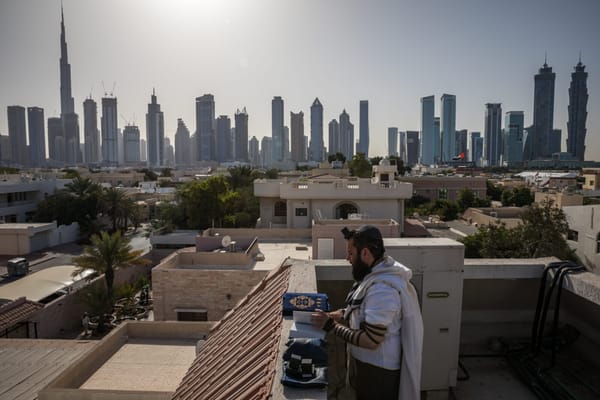Mining for Fish
Around 10,000 of the estimated million people employed in Egypt’s fishing sector are based in ‘Izbat al-Burg, situated at the northernmost tip of the Nile’s Damietta Branch and bordered on the east by the vast Lake Manzala. As recently as nine years ago, Lake Manzala was a major fishing area and a co









